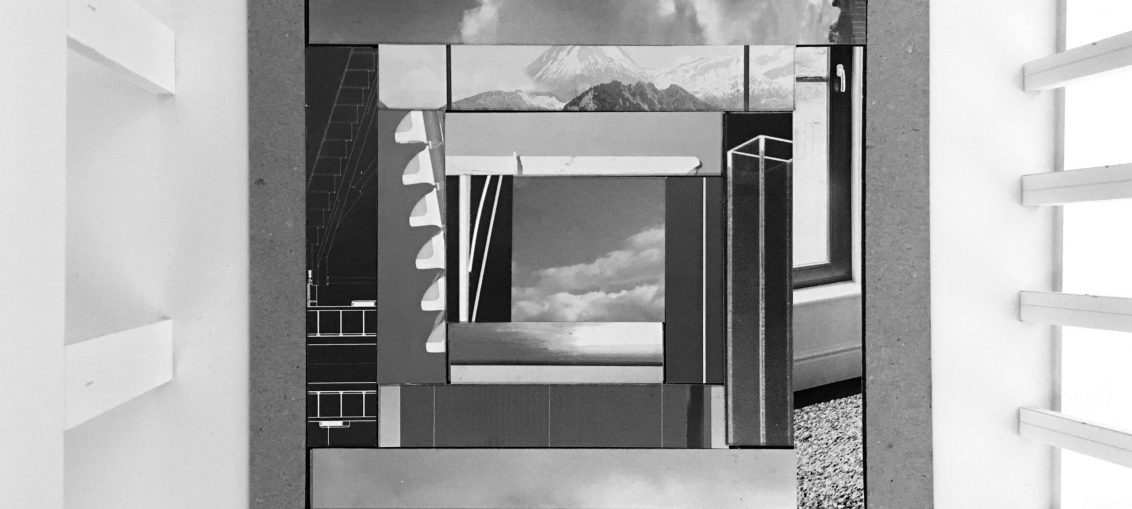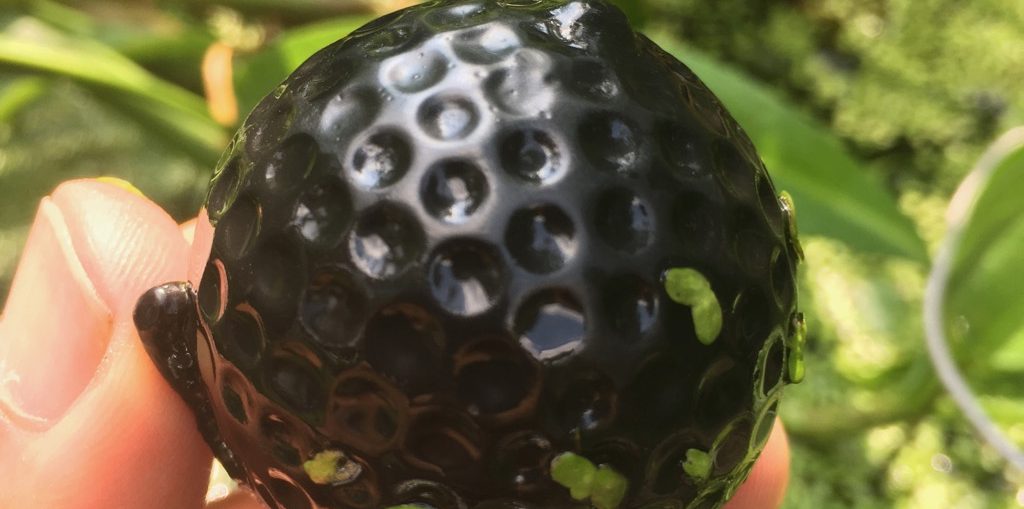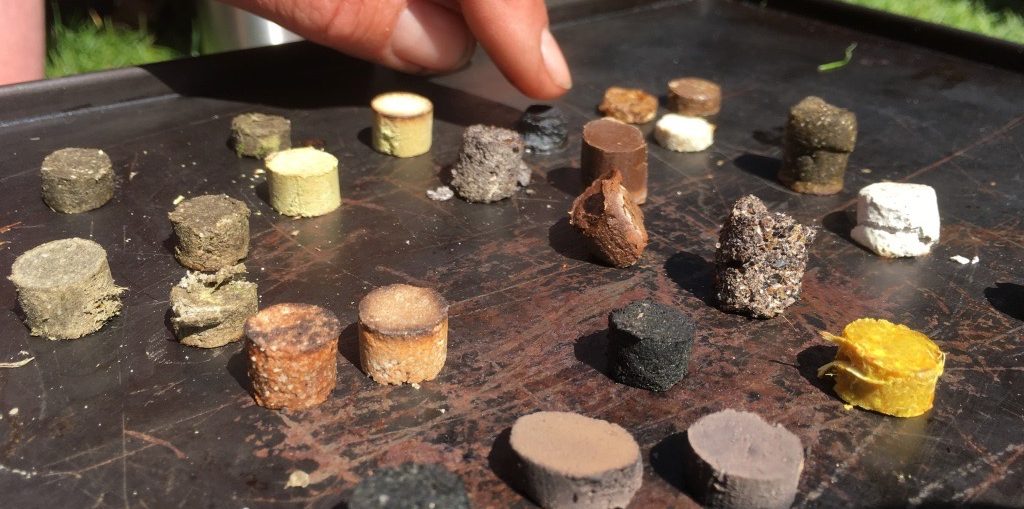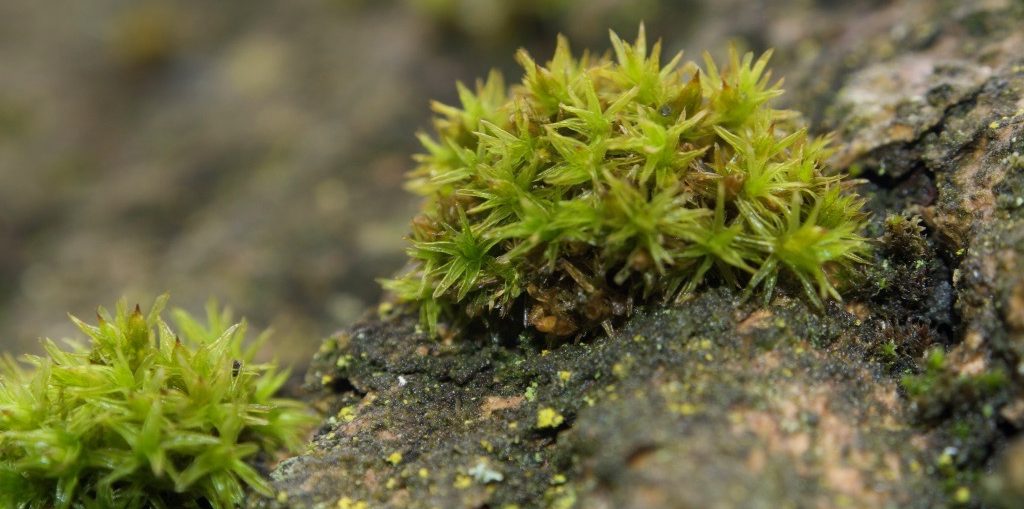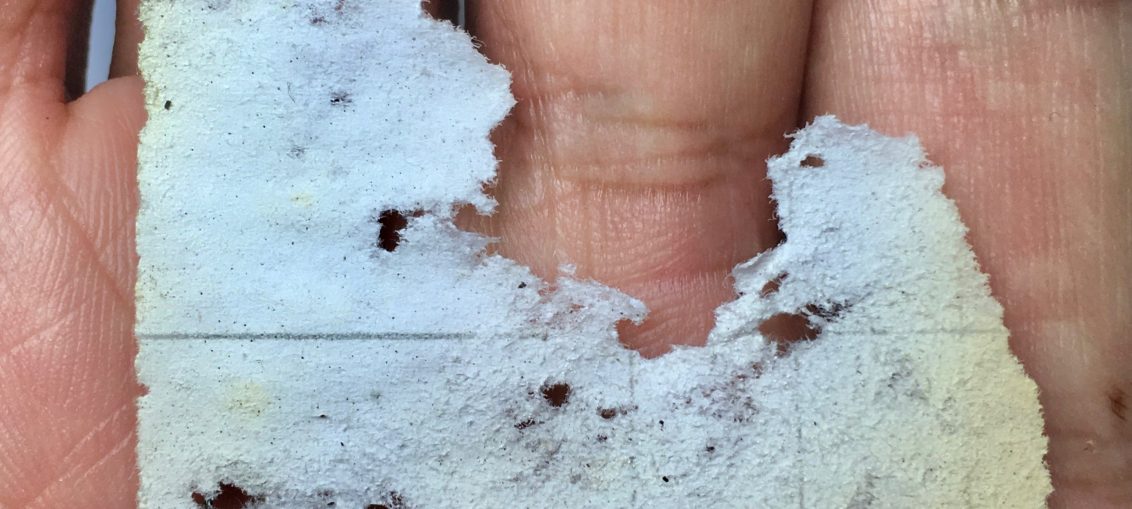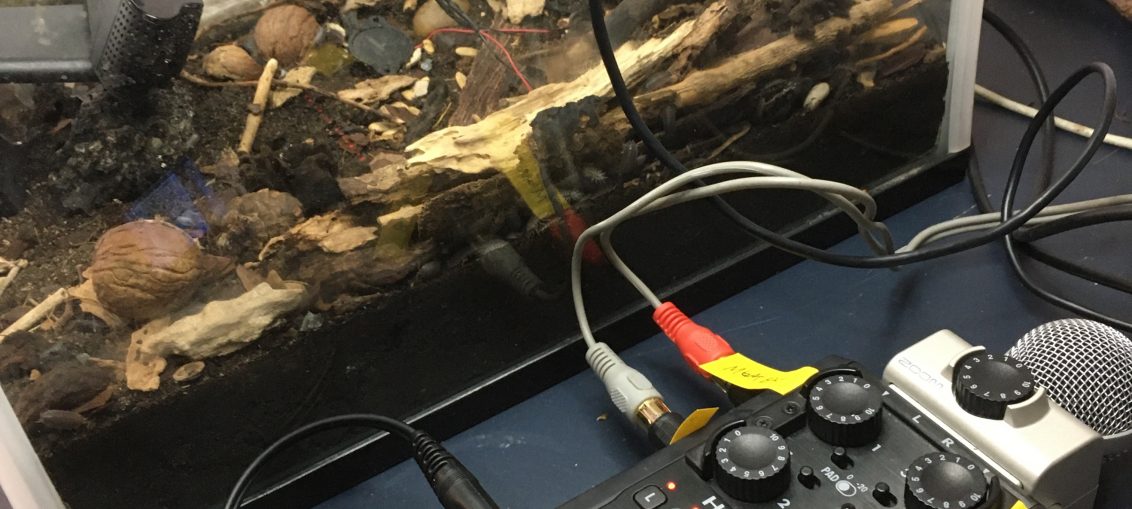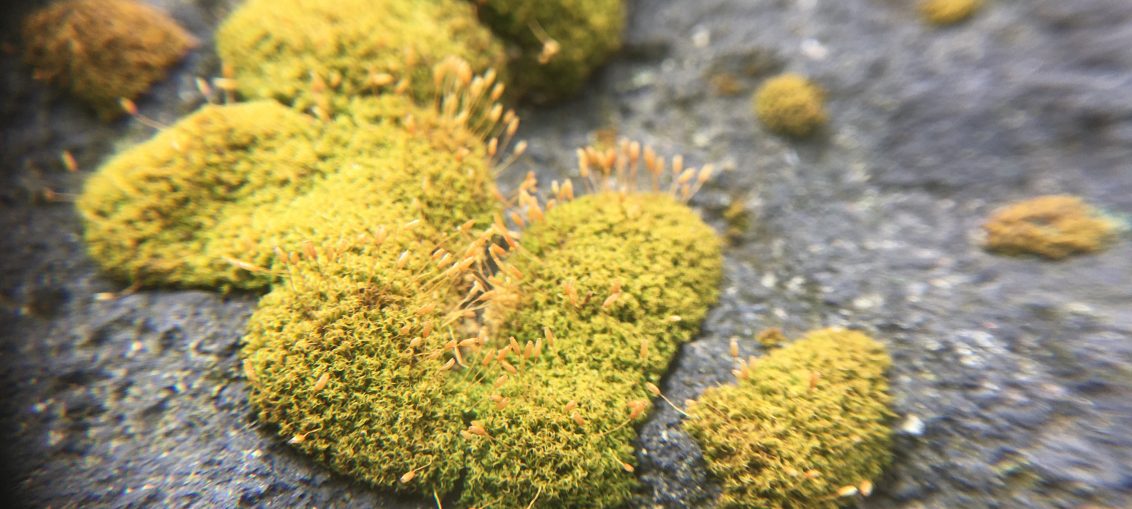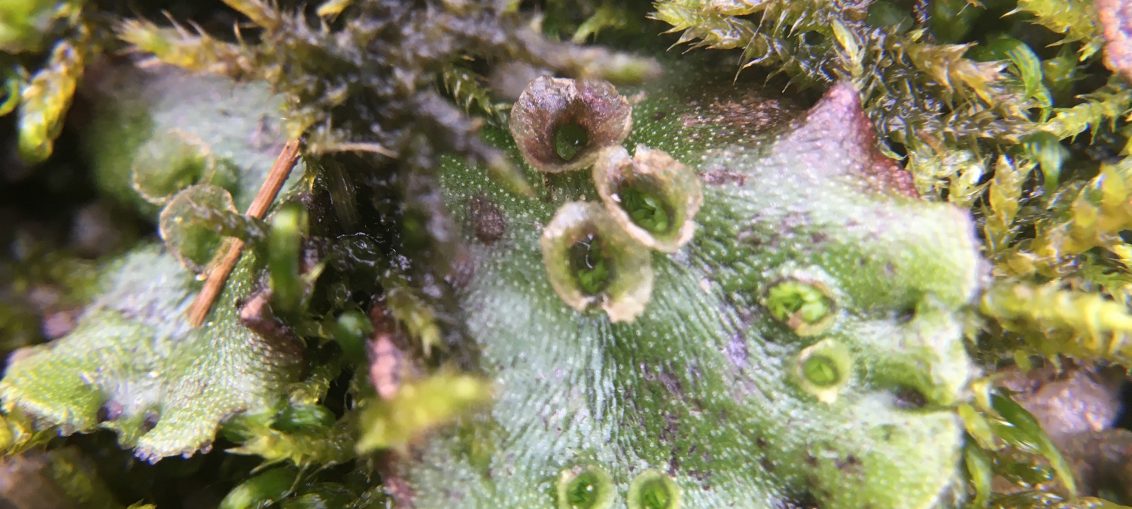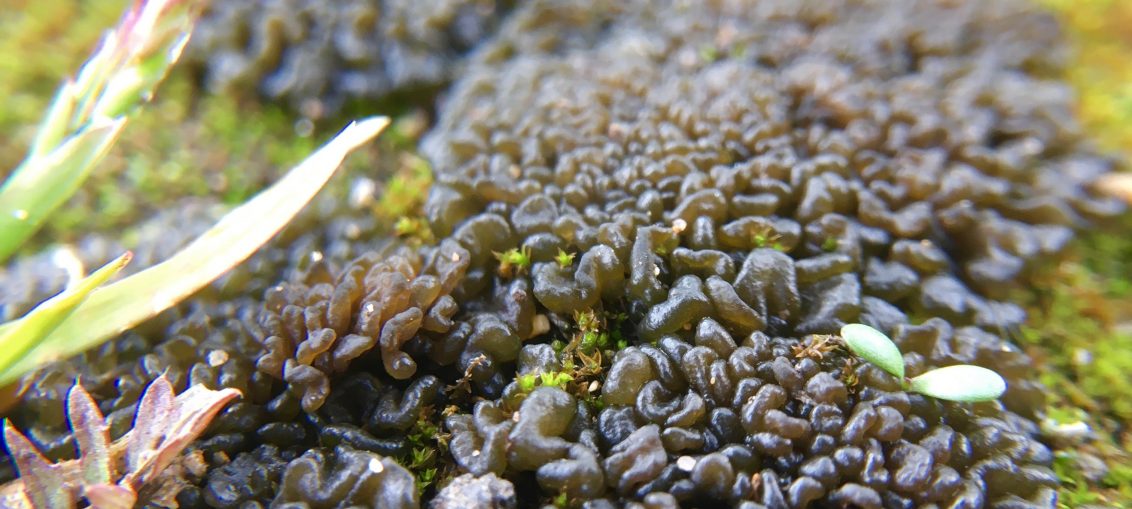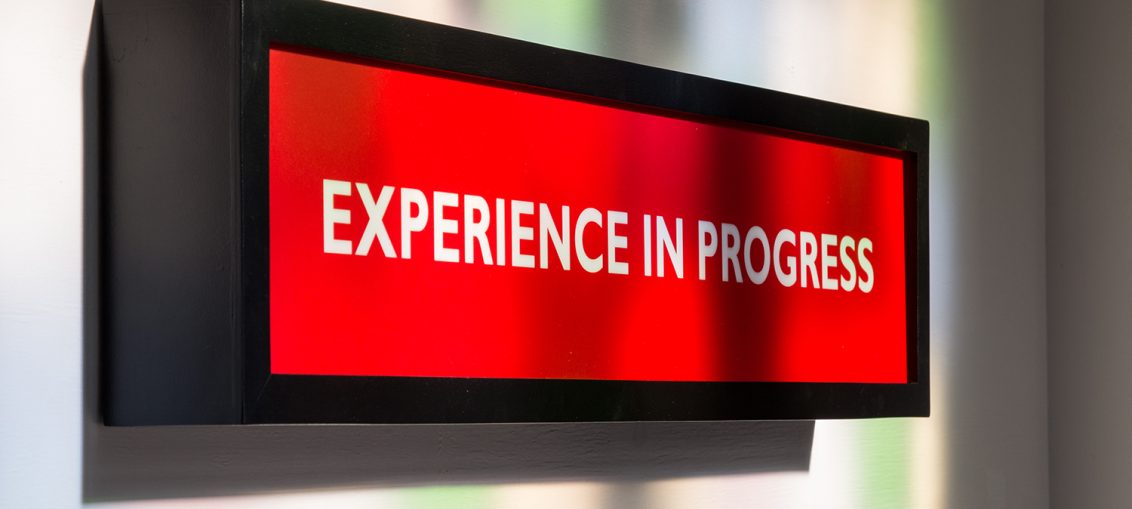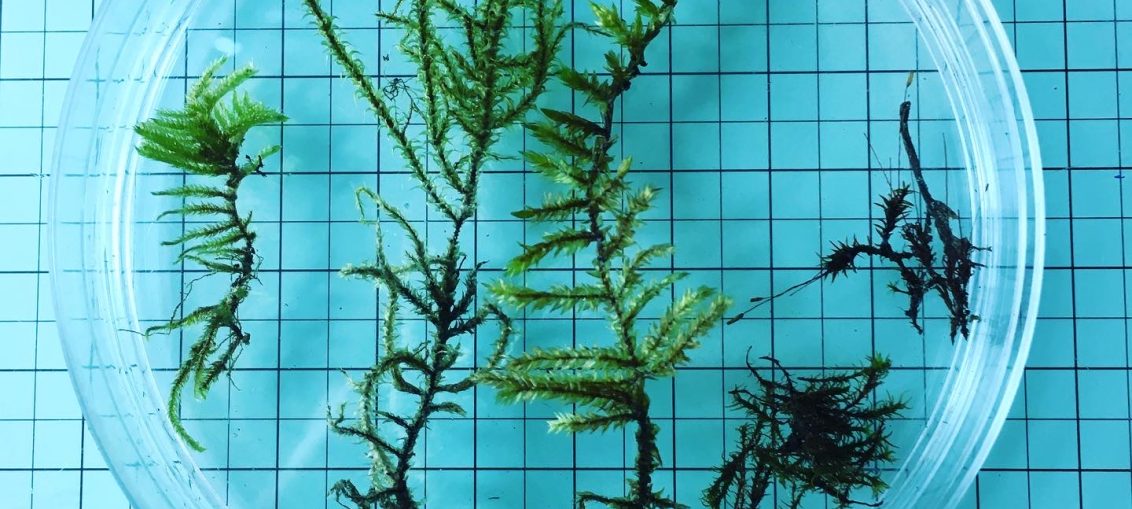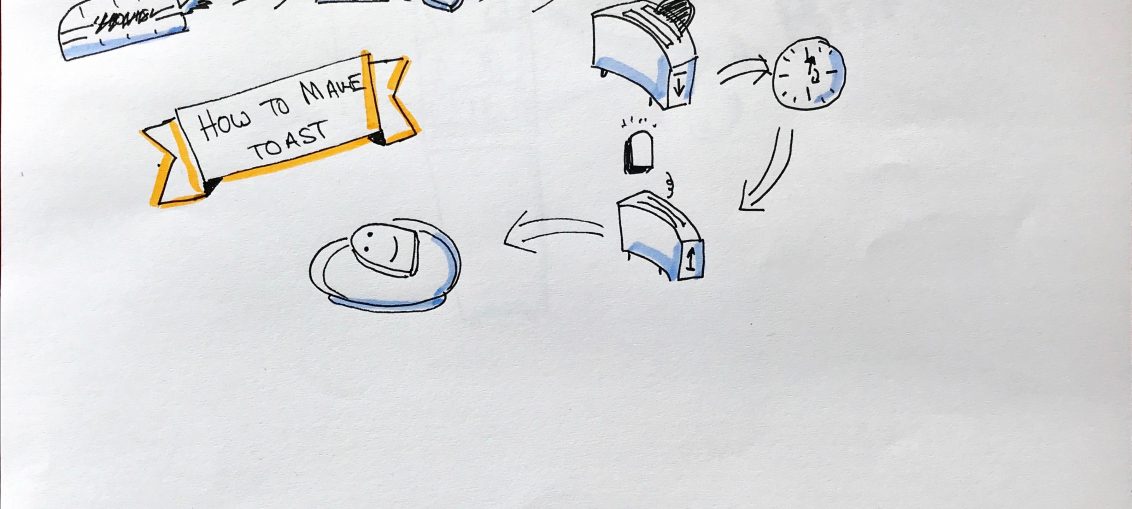PROXIMITY; An enquiry into the spatial and social elements of practice as research. Anne-Marie Atkinson | Ann Carragher | Antony Hall | Jackie Haynes | Rebecca Howard |Sarah-Joy Ford. 26 Aug – 16 Sept* *Window Gallery visible 24/7 *Upper Floor Project Space open Fridays and Saturdays 11-4pm or by appointmentProximity is a collective of 6 artists interested in the spatial and social elements of practice-as-research (est. May 2019). We have met online weekly since lockdown began, and have developed our approach of “convivial aesthetics” in the virtual realm. Through these meetups, we have provided professional, creative, and emotional support for one another – spending more time in proximity to one another, digitally in each other’s homes. Together we have taken part in several residencies, where our proximity
Author: antonyhall
Hydrophone recordings
para-lab : Materials Group workshop
Para-lab workshop 25th April with the Materials group. Material scientist Aled Roberts led a workshop based on his work exploring how new sustainable materials can be created from bio-based waste materials, potentially as a form of carbon capture. He brought some fascinating material samples one of which was created from bone powder, compressed and heated into a hard ivory-like substance that could be machined or sculpted into any shape. The idea of the workshop was to forage for materials in the urban environment, which could then be mashed up and mixed. We collected moss, orange peel tree sap. Aled brought a number of extra materials he had previously experimented with such as marmite baby powder, dried mealworms, and muscle growth powder. The materials were mashed up
Bryology walk with Anthony Gregory
At the beginning of the project with Gallery Oldham, I was given a list of local sites to visit, which would have been popular in the 19th century for collecting bryophytes. I have been collecting my own specimens from these sites, which will then be sent to Anthony Gregory, an expert Bryologist, for formal identification. These will then be sent back to the museum to be catalogued and become part of the museum's collection for posterity. I met up with Anthony for a riverside walk to get a crash course in bryology. We met at Greenbank train station and made our way to a footpath alongside the River Tame. We walked slowly, stopping regularly at tress and venturing down to
Bryophyte Specimens at Gallery Oldham
I wanted to examine samples of moss collected in the local area around the gallery where I have been working amazingly some were 150 years old. I was experimenting with time-lapse films of rehydrating small samples but need better magnification. Moss is stored in these paper envelopes, and if someone has worked with a sample (and rehydrated it) it is dried and returned to the envelope in a smaller paper wrap. I added a couple of my own to the collection, I like to think someone might stumble across these in a hundred years time! See more about the Gallery Oldham Bryophytes project here...
Daisy Nook Country Park
Short 4k walk through woods by River Medlock and canal paths designed as part of the Gallery Oldham Bryophytes project. Daisy Nook is a beautiful woodland following River Medlock, intersected by the old Waterhouses Aqueduct and Hollinwood canal. It has a mixture of woodland paths and gravely wide tracks beside the canal, which are all great for moss. Look out for Liverworts on the muddy banks near the footpath and river. Also, check the fallen trees for different moss. Routplotter.com https://www.plotaroute.com/route/1618255 The walk starts at a car park off the A627 walk into the woods and down to the riverside. Notice the damp stones by the river and many fallen trees with interesting mosses and liverworts. Following the trail, through the woods beside the River Medlock, you
Kinder Downfall
This page has three walks that took place as part of the Gallery Oldham Bryophytes project. Two Loops around Kinder reservoir, starting from Hayfield [with a short 6k and long 14k option] the other from Edale [17k]. Both are challenging walks with plenty of hill climbing. Sturdy shoes, waterproofs and a map are recommended. Both of these walks centre around the River Kinder. Rain falling on the kinder plateau is absorbed into the blanket bog and slowly trickles out into a series of tributaries and gullies which slowly seep through the peat. These conjoin and meander across the plateau toward Kinder Downfall - a rocky outcrop where the river drops into the valley below eventually filtering into Kinder reservoir. In each walk, the diversity
Contouring the boundary – 35mm photographs
Results from the Photography experiments, taken during the Contouring the Boundary Photography walk with Alison Loyd and Glass ball studios
PhD exhibition Launch
The Workshop as Art: Insight Into the Subjective Experience of Perceptual Illusion Through an Expanded Art Practice Exhibition of works submitted in partial fulfilment of the requirements for the Degree of Doctor of Philosophy This virtual exhibition presents a new body of work exploring perceptual illusion and the workshop as a form of art. The workshops explore the effects of simulating illusory experience through combinations of sound, light and touch, as well as sensory deprivation. The workshops highlight the extreme subjectivity of everyday experience and raise some more unusual questions: What is it like to be invisible? What is it like to be outside of our bodies? Or to embody an and entirely unfeasible object? And what is the role of imagination
Moss re-hydration
On Decomposition and Interspecies Collaboration (Work-In-Progress) Various-Authors
A Live feed (the sound of woodlice eating and communicating) as the keynote presentation for the 'Hopsitality' symposium/conference 2021. This text talks about how this came about, and outline the presentation and details of the 'paper' that was produced. As part of 'Hospitality' a residency project with Proximity hosted by the UoC Fine Art writing group, a conference was organised as a final outcome and reflection on the project. The idea was that we would speak about our various practices and explore cross overs concerning the theme of Hospitality. Unfortunately, as the deadline drew near, we found ourselves having to find a keynote speaker at the last minute. At the time, I had been working on some sound recording experiments, listening
The sound of terrestrial Isopods
[the humble woodlouse] On my various moss bothering escapades, I have found myself exploring shady riverbanks of the Medlock, damp brickwork and stones, the crumbling remnants of industrial architecture, canals locks, and old cotton mills. Rummaging around on the forest floor, damp rotten logs the details of tree bark and rocks. Each of these different environments has its own acoustic ecology (or 'eco-acoustic'). Mossy sites seem to have quietness to them, the moss visually muffles and envelops the sharp rocks and chaos of broken sticks. There is also a softness to the sound, like the effect of a fresh snowfall. I decided to take my sound recorder on some of my field trips. When making field recordings, I have to stand perfectly
Contouring the Boundary
Reflections on Contouring the Boundary I took part in ‘Contouring the Boundary’ a walk with Alison Lloyd [part of ‘Guide Lines’ [https://guideline.org.uk] and Glassball as part of their Guideline project. Alison described the walk as a 'micro navigation. We slowly walked part of the Peak District National Park boundary. During the walk, we were introduced to the idea of navigating using contours and a compass. It was good to be out with others since I have become so accustomed to working at a distance from others in recent times. View this post on Instagram A post shared by Glassball Studio (@glassball.studio) In particular,
Fieldwork: Kinder scout vai Mermaids pool
Nostoc
Experience in Progress Light Box
Fieldwork: Bryophytes collected in a neglected building site
Fieldwork: Bryophytes at Snipe Clough
Gallery Oldham residency: Bryophytes Project
I will be doing a 3-month residency [funded by the NWCDTP (North West Consortium Doctoral Training Partnership) at Gallery Oldham (May to July 2021). I will be working in response to plant specimens in the natural history collection, specifically Moss (or even more specifically 'bryophytes' and other plants without roots). Since access to the gallery will be limited for some time, I will be working at distance (walking and cycling) revisiting historical sites of collection and re-collecting specimens. I will be talking with local experts, volunteers, environmental scientists, and other natural history enthusiasts, vital component parts of the museums as an ongoing collection process. Specimen envelope: cinclidioidesBryophyte Book Images of objects from the Gallery Oldham Natural History collection, Thanks to Patricia
Electronic Taste Perception Experiment – Workshop
Materials: Arduino, electrical cables prototyping board cocktail glass [or other receptacles] 4mm copper tape, Water. Instruction: The diagrams give an outline of the electronic circuit required to create an electronic taste perception experiment in conjunction with the Arduino code. The circuit is created through the body via a fingertip and another electrode which is placed inside the glass, the circuit completed when the drink enters the mouth. The potentiometer adjusts the frequency of the signal which in theory can then simulate different kinds of taste. Notes: Experiment with different liquids and food types to see how the electrical signal augments different flavours. Note that foodstuffs with high moisture content are more effective such as a cucumber. The circuit could be easily modified to include
The permanent possibility of experience [instructions]
The permanent possibility of experience. [Notes to come]
Experiment 8
Drawing of experimental apparatus. Participatory work. As yet unrealised. OLFACTION EXP. 8 / A0 drawing 2020 OLFACTION EXP. 8 / A0 drawing 2020
Plinth with unseeable object
I was honoured to be invited to contribute to WEDDING RITUAL an amazing curatorial project by Wes White / Wes Viola. I wrote about something Old [Plinth with unseeable object] Did something new [See the obscurist edition], proposed something borrowed and invented something blue [sort of]. "...Antony Hall is an extraordinary artist, experimentalist and thinker. His work frequently plays with our perception of reality, sometimes presenting as everlasting magic tricks (for example, his Perpetual Coffee Vortex and Continual Slow Drip). Hall is also one part of Owl Project, the sound-art collective responsible for the iLog, at least one incarnation of which Bjork is rumoured to have added to her collection of instruments. The ENKi project explored the limits of human interaction with electric fish. I was fortunate to study at Strode College with Tony (on the course now led by Duncan Cameron, then our sculpture tutor), and have followed his artistic
BEYOND THE INTERFACE OBJECT
“I find it has been helpful to break away from the thesis writing and experiment with other ways of writing just for fun. Recently taken part in several creative writing courses and have learnt some great exercises such as; thinking about the thesis as a story, writing your thesis in 9 sentences, writing a 1 min and 5 min thesis talks. I found that trying to get all the ideas in the thesis across in a short space really helps work out the key messages I need to communicate. Since I enjoy science fiction and my thesis is on the subject of science and art; I thought it would be fun to try writing my thesis abstract as if it were a catchy back
Reactor model
Reactor model for collaborative practice / Work in progress 2020 / Drawing 2020
You are the object of your own observation / Diagram
You are the object of your own observation 2020 / A0 Drawing You are the object of your own observation 2020 / A0 Drawing
Drawing for problem-solving BEAM Lab UoM
It was interesting to do this workshop on drawing with a group of scientists especially a group of experimental psychologists. Many of the activities in the workshop are used in this field. These can be thought of as an alternative to the questionnaire - a form of visual assessment. The draw a person test is a classic example - but there are many more contemporary examples. Feedback from this workshop has resulted in an idea for another workshop 'Drawing everyday objects and thoughts' As there seems to be a need for a workshop to help people so get more confidence in drawing as a prerequisite to this workshop.
Drawing for problem-solving Bruntwood SciTech
[Above participants drawing of how to make toast] This was the first of the ‘Drawing for problem-solving’ workshops which took place as part of the Bruntwood SciTech's Reconnect Festival. It draws together a number of experiments from both science and art. that I use in my own work for research and as a perceptual tool. Thanks to all those who took part!
The Clay Hand Illusion and the Embodiment of Unfeasible Objects
"In an artistic exploration, clay hands and non-hand-like, unfeasible clay objects were created by the participant and used to perform an alternative version of the rubber hand illusion. Most participants felt ownership even over these unfeasible objects, raising questions about the embodied experience of objects that we make." https://journals.sagepub.com/doi/full/10.1177/0301006620948502
